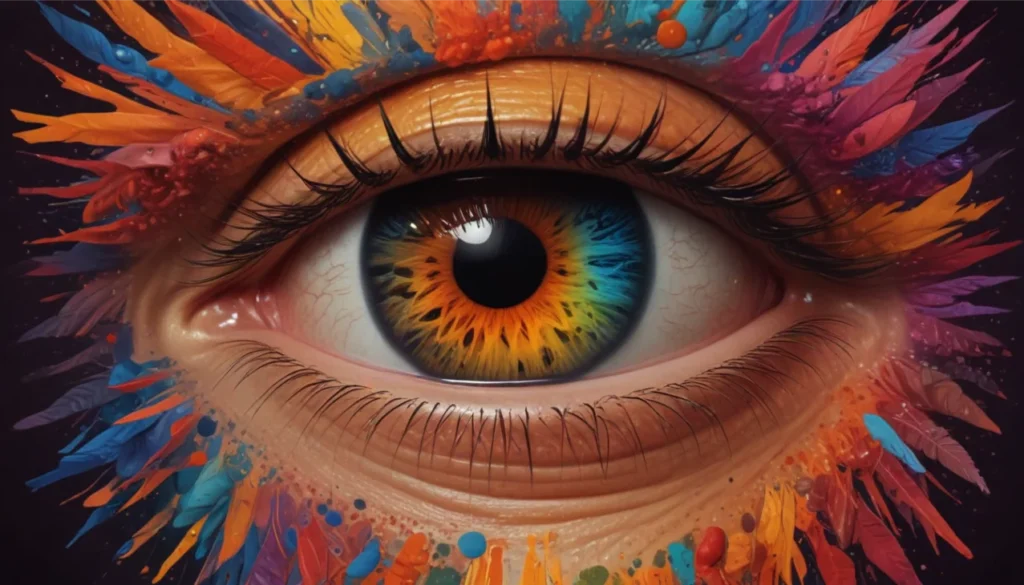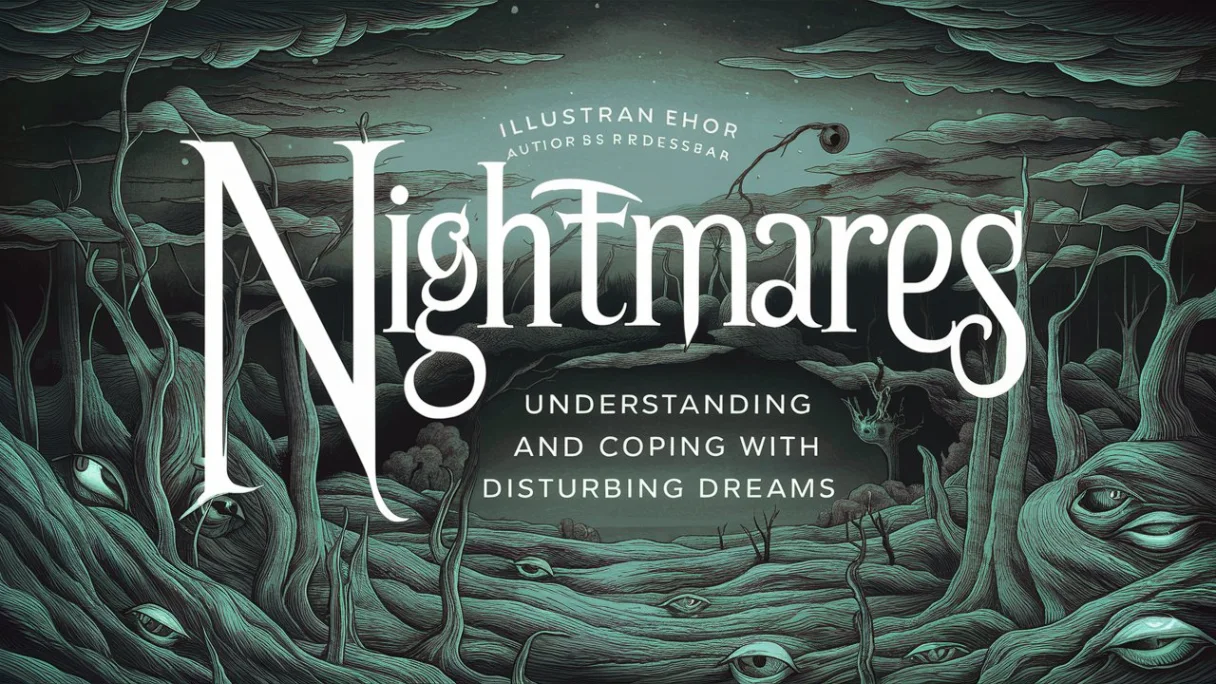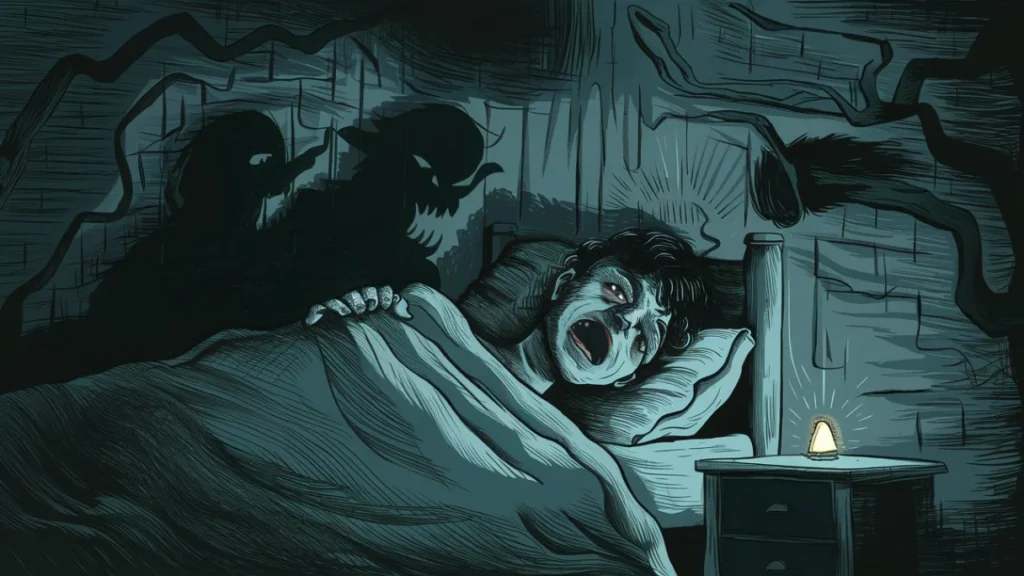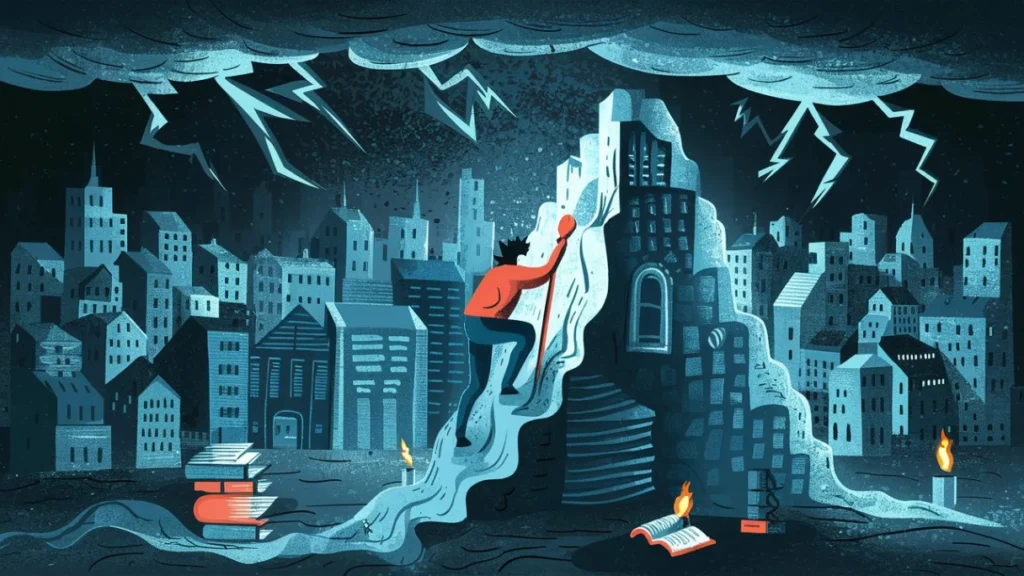Have you ever found yourself face-to-face with a majestic black panther in your dreams? These enigmatic creatures often leave a lasting impression, leaving us wondering about the hidden messages our subconscious might be trying to convey. In this post, we’ll explore the fascinating world of black panther dream symbolism and what it could mean for your waking life.
Dreams involving black panthers can be both thrilling and unsettling. As we delve into the various interpretations and potential meanings behind these powerful dream symbols, you’ll gain insights that may help you better understand your own nocturnal encounters with these magnificent beasts. Whether you’re a seasoned dream interpreter or simply curious about the significance of your recent panther dream, this guide will provide you with valuable perspectives to consider.
Key Takeaways:
- Black panthers in dreams often symbolize power, mystery, and untamed emotions
- The context and your feelings in the dream play a crucial role in interpretation
- These dreams may reflect personal growth, hidden strengths, or unresolved fears
- Understanding black panther symbolism can offer insights into your subconscious mind
- Exploring your dream’s details can lead to valuable self-discovery
The Symbolism of Black Panthers in Dreams
When it comes to dream interpretation, black panthers carry a wealth of symbolic meaning. These sleek, powerful creatures often represent aspects of our psyche that are hidden or not fully understood. Let’s explore some of the common interpretations associated with black panther dreams.
For a comprehensive guide on animal dream meanings, including black panthers, you might want to check out https://dreamologyhub.net/black-panther-animal-dream-meaning/. This resource offers additional insights that complement our discussion here.
Power and Strength
One of the most prevalent interpretations of a black panther in dreams is that of power and inner strength. These majestic animals are known for their:
- Agility
- Stealth
- Confidence
When you dream of a black panther, it could be your subconscious reminding you of your own untapped potential or hidden abilities. Are there areas in your life where you feel you could assert yourself more? The black panther might be urging you to embrace your personal power and face challenges head-on.
Mystery and the Unknown
Black panthers are often associated with mystery and the unknown. Their dark coats allow them to blend seamlessly into the shadows, making them symbols of:
- Secrecy
- The unconscious mind
- Hidden aspects of oneself
A dream featuring a black panther might be inviting you to explore the deeper, less visible parts of your psyche. What aspects of yourself have you been keeping in the dark? Is there a truth you’ve been avoiding that’s ready to come to light?
Feminine Power and Intuition
In many cultures, panthers are linked to feminine energy and intuitive powers. Dreaming of a black panther could signify:
- A connection to your intuition
- Embracing your feminine side (regardless of gender)
- Trusting your instincts
Ask yourself: Have you been ignoring your gut feelings lately? Your dream might be encouraging you to tune into your innate wisdom and trust your intuitive nudges.
Contexts and Scenarios in Black Panther Dreams
The specific context of your black panther dream can offer additional layers of meaning. Let’s examine some common scenarios and what they might represent.
Being Chased by a Black Panther
If you find yourself being pursued by a black panther in your dream, it could indicate:
- Running from your own power
- Avoiding confrontation with a difficult emotion or situation
- Fear of the unknown or your own potential
Consider what you might be avoiding in your waking life. Is there a challenging situation you need to face head-on?
Befriending a Black Panther
Dreaming of befriending or taming a black panther can be a powerful symbol of:
- Mastering your emotions
- Integrating shadow aspects of your personality
- Harnessing your personal power for positive change
This scenario might suggest that you’re ready to embrace parts of yourself you’ve previously feared or rejected.
A Protective Black Panther
Sometimes, a black panther in your dream might appear as a guardian or protector. This could represent:
- Your own ability to defend yourself
- A strong ally in your waking life
- Feeling safe and supported in challenging times
Reflect on areas in your life where you feel protected or where you serve as a protector for others.
Emotional Responses to Black Panther Dreams
The emotions you experience during and after your black panther dream are crucial for interpretation. Different feelings can point to various meanings:
- Fear: Might indicate anxiety about your own power or facing the unknown
- Awe or admiration: Could suggest a readiness to embrace your strength
- Calm or peace: Might signify acceptance of your shadow self or hidden aspects
- Excitement: Could point to enthusiasm about personal growth or new opportunities
Pay attention to how you feel both in the dream and upon waking. These emotions can provide valuable clues about what your subconscious is trying to communicate.
Cultural Perspectives on Black Panthers in Dreams
Different cultures have varied interpretations of black panther symbolism in dreams. Here are a few perspectives:
- Native American: Often seen as a symbol of leadership and courage
- African: Associated with protection and feminine power
- Eastern: Can represent transformation and spiritual awakening
While these cultural viewpoints can offer interesting insights, remember that the most relevant interpretation is the one that resonates with your personal experiences and feelings.
Practical Steps for Interpreting Your Black Panther Dream
To gain the most from your black panther dream experience, consider taking these steps:
- Journal about the dream in detail
- Reflect on your current life situations
- Meditate on the emotions the dream evoked
- Look for patterns in your dreams over time
- Consider discussing your dream with a trusted friend or therapist
By engaging actively with your dream content, you open yourself up to deeper insights and personal growth opportunities.
Integrating Black Panther Dream Insights into Your Life
Once you’ve explored the potential meanings behind your black panther dream, the next step is to consider how to apply these insights to your waking life:
- If the dream highlighted hidden strengths, look for ways to utilize these in your daily activities
- Should it reveal unresolved fears, consider addressing these through therapy or self-reflection
- For dreams suggesting untapped potential, brainstorm new projects or goals that align with your newfound awareness
Remember, the power of dream interpretation lies not just in understanding the symbols, but in how we use that understanding to enrich our lives and personal growth.
Conclusion
Black panther dreams can be profound experiences, offering a window into our subconscious minds and illuminating aspects of ourselves we might not typically see. By exploring the symbolism, context, and emotions associated with these dreams, we can gain valuable insights into our inner worlds and potential paths for personal development.
As you reflect on your own black panther dream experiences, remember that dream interpretation is a deeply personal process. While general symbolism can offer guidance, trust your intuition and personal associations to find the meaning that resonates most truly with you. May your explorations of these powerful dream symbols lead you to greater self-awareness and empowerment in your waking life.


























